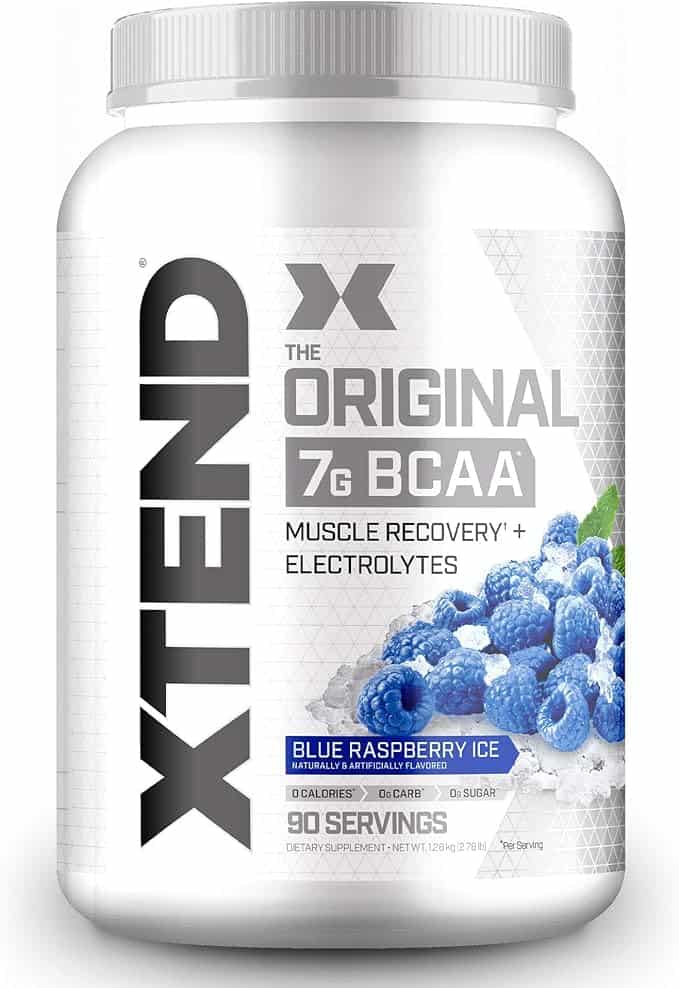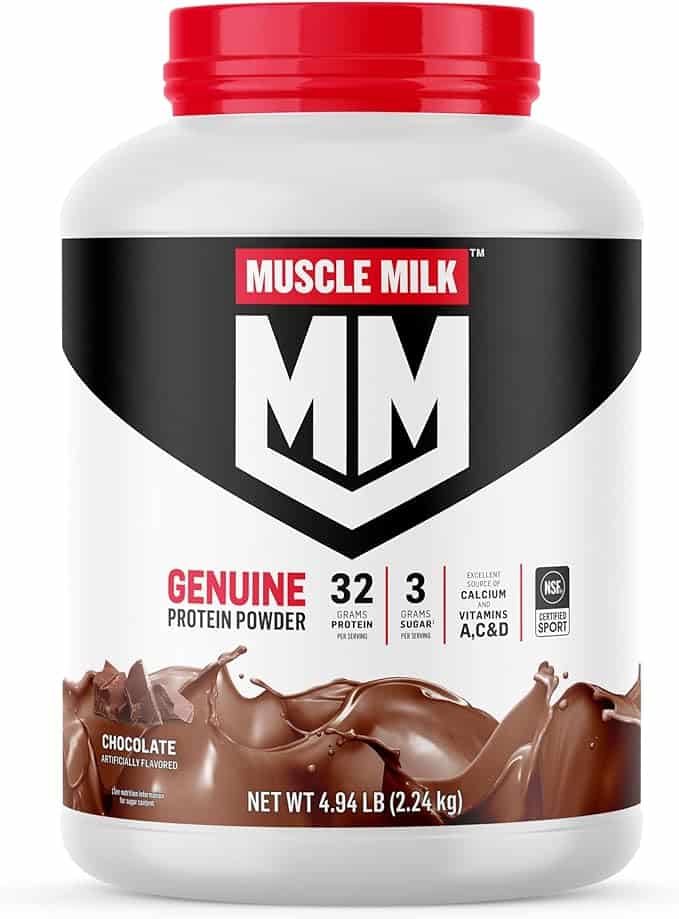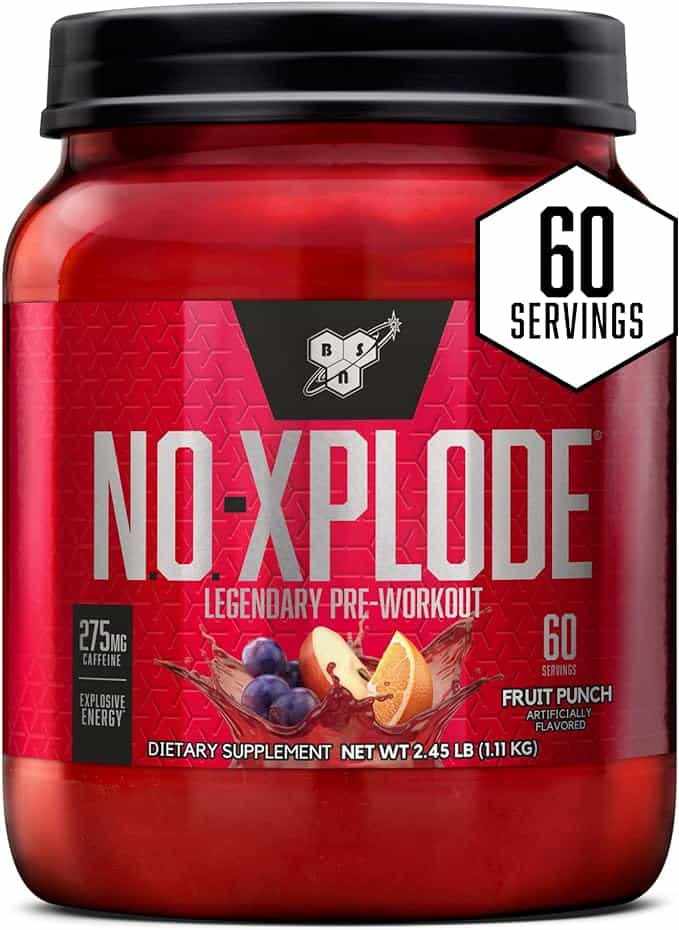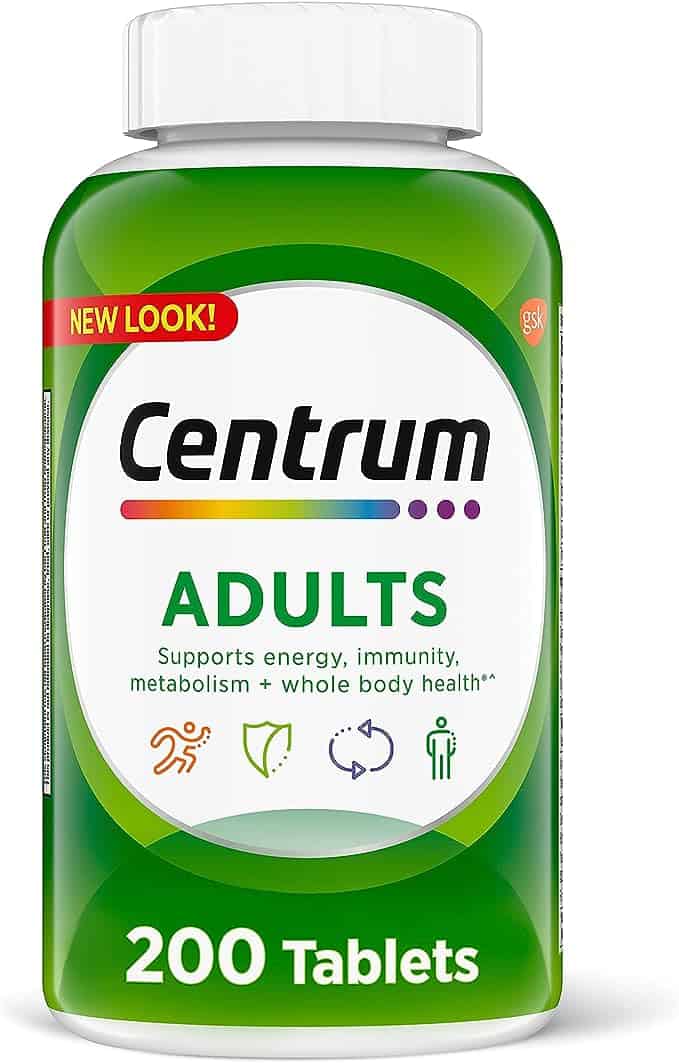 John Berardi |
Since the late 1990’s Dr. John Berardi has published 8 scientific abstracts; 15 scientific papers and textbook chapters; presented at nearly 50 scientific, exercise, and nutrition related conferences; and published countless articles online.
His first articles at Testosterone Magazine so many years ago, provided me with the basis for everything I know about nutrition today. Now I will turn some of that knowledge over to you in the form of Nutrition Tips written by Dr. Berardi himself.
Today’s Topic – How to Meet Fat Intake Recommendations
Eating the right kinds of fats are vital for proper health.
Although you should never eat transfats, there are good reasons to eat saturated, nonsaturated, and polyunsaturated fats. The question then becomes: “which foods should I eat to meet my fat intake requirements?”
Walnuts and Flax Seed Oil are considered some of the healthiest foods you can eat because of their concentration of polyunsaturated fats. On the other hand, animals fats like beef, cheese, and pork are often dismissed due to their amounts of saturated fats.
As with all things in life, moderation and education are extremely important when deciding how to eat for proper fat intake. Use the graph below to educate yourself on the best foods to eat, and use moderation when eating foods high in saturated and trans fats.
Follow those two tips and you can’t go wrong!
 Get Precision Nutrition |
Proper fatty acid intake is so important! Fats are good for your hair, skin, digestive system, workout recovery, and so much more. But don’t take my word for it…
Let’s see what JB has to say about it:
Tip: Fat Recommendations – How To Meet Them
“So how much fat do we need and what kinds?
While there’s a lot of debate nowadays, most of the real fat experts agree that a good balance of the three is the way to go if you want to give the old ticker a fighting chance. In other words, your goal is to consume 1/3 of your fat from saturated fatty acids, 1/3 from monounsaturated fatty acids, and 1/3 from polyunsaturated fatty acids.
It’s important to learn what kinds of foods contain the different types of fatty acids, so use this handy chart below to learn which fatty acids are found in a number of common foods. By learning which foods contain which fatty acids, a balanced fat approach should be a snap.”
| Food | Saturated | Monounsaturated | Polyunsaturated |
|---|---|---|---|
| Almonds | 10% | 68% | 22% |
| Beef | 55% | 40% | 4% |
| Brazil Nuts | 26% | 36% | 38% |
| Canola Oil | 5% | 57% | 38% |
| Cashews | 20% | 62% | 18% |
| Cheese | 67% | 26% | 7% |
| Chicken | 31% | 49% | 20% |
| Coconut Oil | 86% | 9% | 5% |
| Duck | 35% | 52% | 13% |
| Eggs | 39% | 43% | 18% |
| Flax Seed Oil | 8% | 18% | 74% |
| Hazelnuts | 8% | 82% | 10% |
| Herring | 22% | 55% | 18% |
| Macadamia Nuts | 16% | 82% | 2% |
| Milk | 67% | 26% | 7% |
| Olive Oil | 13% | 75% | 12% |
| Palm Oil | 50% | 41% | 9% |
| Peanuts | 15% | 51% | 34% |
| Pecans | 8% | 66% | 26% |
| Pine Nuts | 15% | 40% | 45% |
| Pistachios | 13% | 72% | 15% |
| Pork / Lard | 40% | 48% | 12% |
| Salmon | 20% | 30% | 40% |
| Sesame Oil | 15% | 42% | 43% |
| Walnuts | 10% | 24% | 66% |
See Also
This tip is sponsored by Precision Nutrition – Project Swole’s pick for the best nutrition and supplement resource currently available. Containing system manuals, gourmet cookbook, digital audio/video library, online membership, and more, Precision Nutrition will teach you everything you need to know to get the body you want — guaranteed.
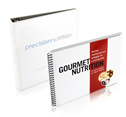 Order Precision Nutrition now and get $50 off! |
Tags: fat, fatty acid, fish oil, food, healthy food, john berardi, nutrition, Nutrition Tip, precision nutrition





